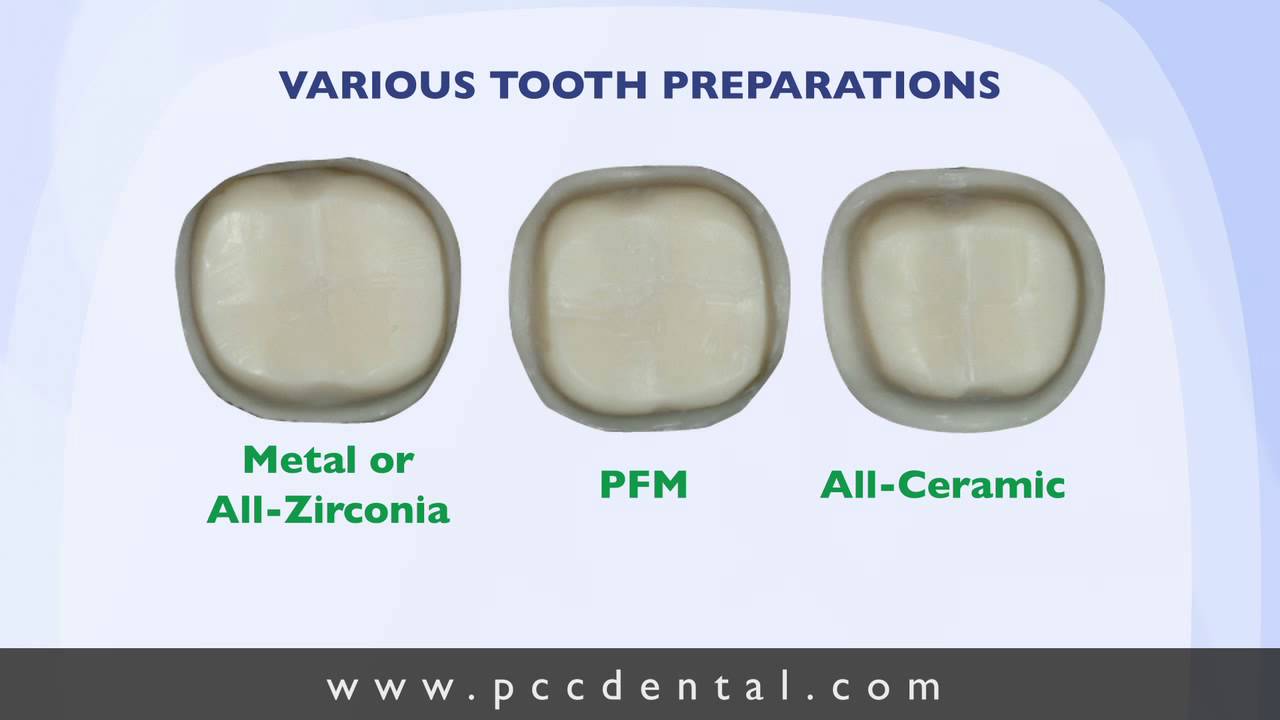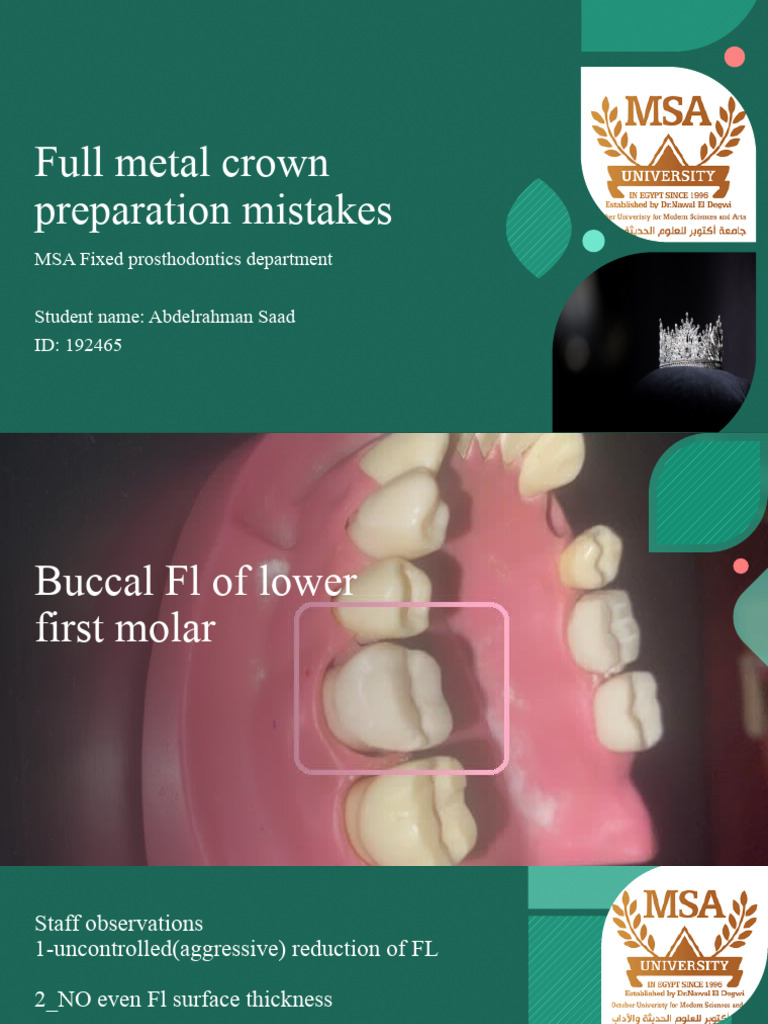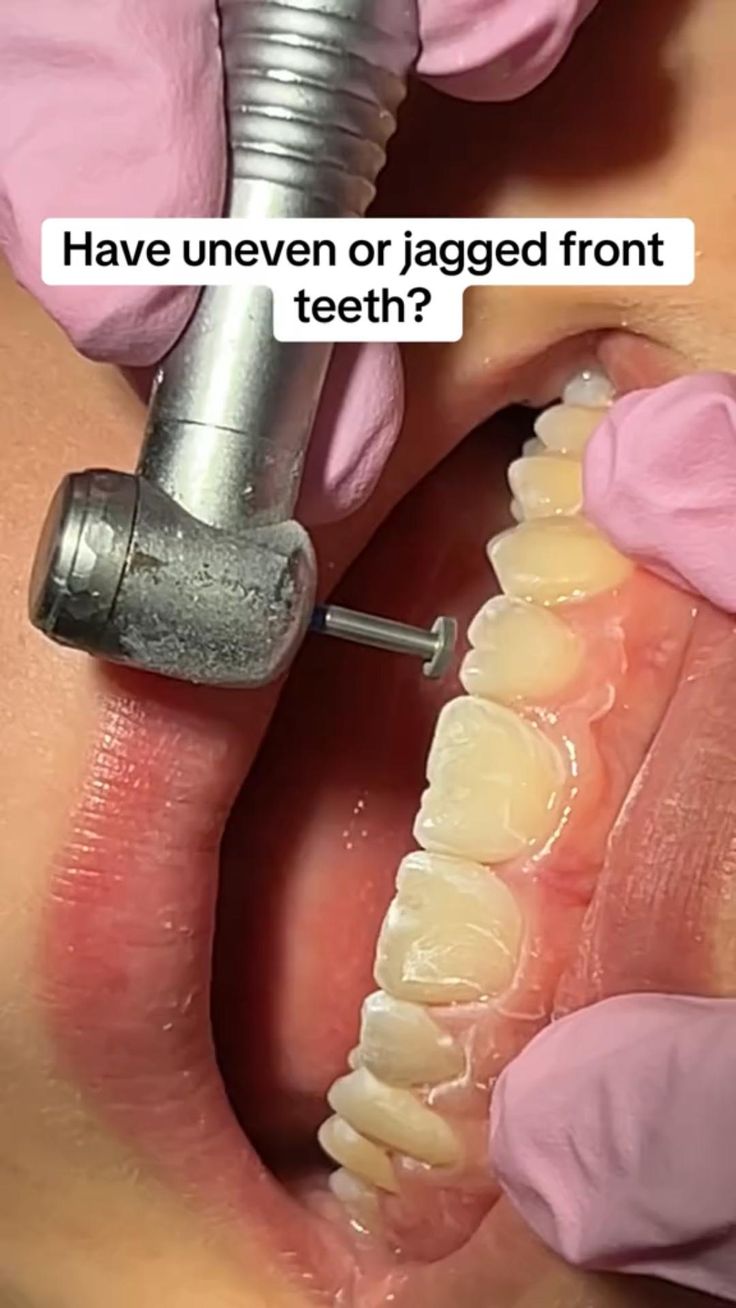Preparation Of Crown

The preparation of a crown, whether it be for dental purposes or as part of a royal or ceremonial regalia, is a meticulous process that requires precision, attention to detail, and a deep understanding of the materials and techniques involved. In the context of dentistry, the preparation of a crown is a critical step in restoring a tooth to its full function and aesthetic appeal. This process involves several key stages, each designed to ensure that the crown fits perfectly, functions as intended, and lasts for many years.
Assessment and Planning
Before any physical preparation begins, a thorough assessment of the tooth and surrounding dental structure is necessary. This involves a clinical examination, possibly supplemented by radiographic images (X-rays), to assess the extent of decay, the condition of the pulp, and the overall health of the periodontal tissues. Based on this assessment, the dentist will plan the best approach for the crown preparation, deciding on the type of crown (e.g., full metal, porcelain-fused-to-metal, all-ceramic), the amount of tooth structure that needs to be removed, and whether any additional procedures (like root canal therapy) are required.
Anesthesia and Tooth Preparation
To ensure patient comfort, local anesthesia is typically administered before starting the preparation. The dentist then uses a drill to remove decay and shape the tooth, creating the necessary space for the crown. The amount of tooth structure removed depends on the type of crown being placed. For example, a full metal crown requires less tooth reduction than an all-ceramic crown, which needs more space for the porcelain to achieve optimal aesthetics and strength.
Impressions and Temporary Crown
After the tooth is prepared, an impression (mold) of the tooth and the surrounding teeth is taken. This impression is used to create a model of the tooth, which is then used by a dental laboratory technician to fabricate the crown. While the crown is being made, the dentist fits the patient with a temporary crown, usually made of acrylic, to protect the prepared tooth and maintain aesthetics.
Laboratory Fabrication
The dental laboratory technician uses the impression to create a highly accurate model of the prepared tooth. They then select the appropriate materials (metal, ceramic, composite) based on the dentist’s prescription and begin fabricating the crown. This can involve various techniques, such as casting (for metal crowns), layering porcelain (for ceramic crowns), or using CAD/CAM (computer-aided design/computer-aided manufacturing) technology for precision-milled restorations.
Fitting and Cementation
Once the crown is fabricated, the patient returns to the dentist for the final fitting and cementation. The dentist checks the crown for fit, ensuring it matches the surrounding teeth in terms of shape, color, and bite. Any necessary adjustments are made, and then the crown is cemented into place. The type of cement used can vary, depending on the crown material and the clinical situation.
Follow-Up
After the crown is placed, the dentist will typically schedule a follow-up appointment to check on the patient’s adaptation to the new crown and to ensure that it continues to fit and function as intended. Good oral hygiene practices, including regular brushing and flossing, are crucial for the longevity of the crown and the underlying tooth structure.
The preparation and placement of a dental crown represent a significant investment in oral health and aesthetics, offering a durable and natural-looking solution for teeth that are damaged or compromised. Through meticulous planning, precise technique, and high-quality materials, dentists can provide patients with crowns that not only restore function but also enhance the overall appearance of the smile.
Comparison of Crown Types
| Crown Type | Advantages | Disadvantages |
|---|---|---|
| Full Metal | Durable, less tooth reduction required | Aesthetically less pleasing, metallic color |
| Porcelain-Fused-to-Metal | Strong, good aesthetics | Can show metal margin, less aesthetic than all-ceramic |
| All-Ceramic | Excellent aesthetics, biocompatible | Less durable than metal or PFM, more tooth reduction |

Steps for Preparing a Tooth for a Crown:
- Assess the tooth and plan the approach.
- Administer local anesthesia for comfort.
- Remove decay and shape the tooth.
- Take impressions for the dental laboratory.
- Fit a temporary crown.
- Return for the final crown fitting and cementation.
Future Trends in Crown Technology
Advancements in dental materials and technologies, such as CAD/CAM systems and 3D printing, are continuously evolving the field of crown preparation and fabrication. These advancements promise even more precise fits, enhanced aesthetics, and potentially, same-day crowns that can be designed and manufactured in the dental office, reducing the need for temporary crowns and multiple appointments.
Pros and Cons of Same-Day Crowns:
Pros:
- Convenience of a single visit.
- No need for a temporary crown.
- Precise fit due to digital impression technology.
Cons:
- Higher upfront cost for the dental practice to invest in the technology.
- Potential limitations in the complexity of cases that can be treated.
Conclusion
The preparation of a crown, whether for a dental restoration or a ceremonial piece, involves meticulous attention to detail and a deep understanding of the intended use and the materials involved. In dentistry, the goal is to create a crown that is not only functional and durable but also aesthetically pleasing, enhancing the patient’s oral health and confidence. As technologies continue to evolve, the future of crown preparation promises to be even more sophisticated, offering patients more options and better outcomes.
What is the most durable type of dental crown?
+Full metal crowns are often considered the most durable, as they are less prone to chipping or cracking compared to ceramic or porcelain crowns. However, the choice of crown material depends on various factors, including the location of the tooth, the patient’s bite, and aesthetic considerations.
How long does it take to get a dental crown?
+Traditionally, getting a dental crown requires two visits to the dentist, spaced about two weeks apart. The first visit involves preparing the tooth and taking impressions, and the second visit is for the fitting and cementation of the crown. However, with same-day crown technology, the entire process can be completed in a single visit.
Do dental crowns hurt?
+While the process of preparing a tooth for a crown may cause some discomfort, dentists typically use local anesthesia to numb the area, ensuring that the procedure is painless. After the procedure, some patients may experience sensitivity, which can be managed with desensitizing toothpaste or other treatments as recommended by the dentist.



